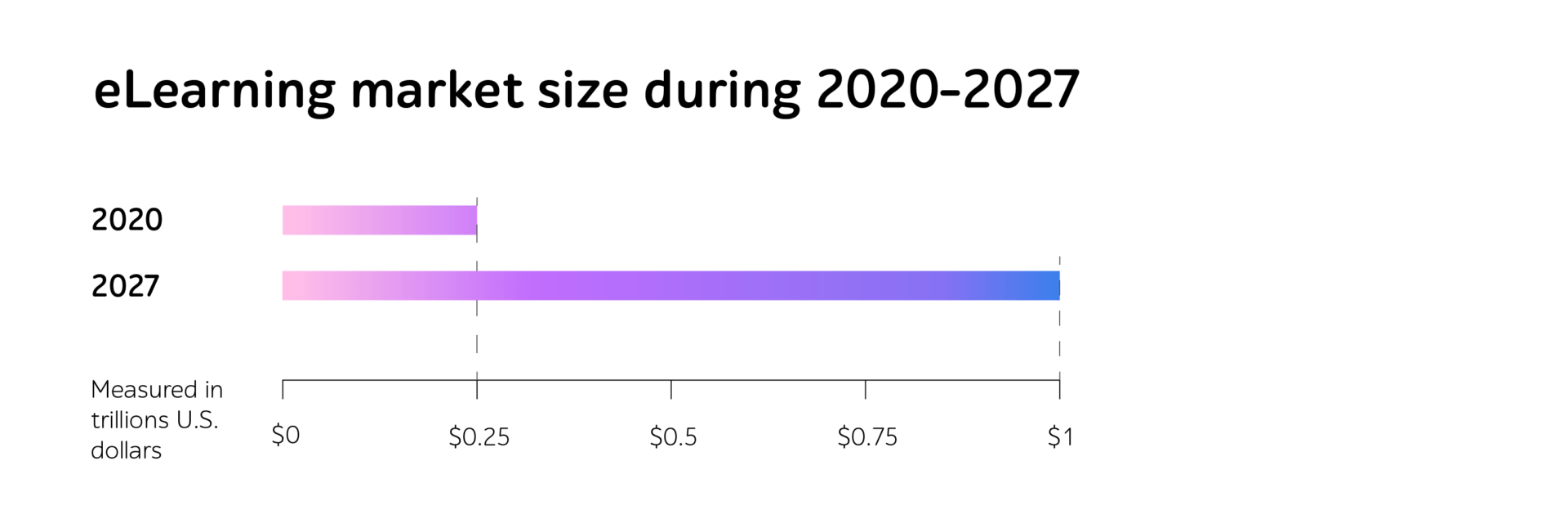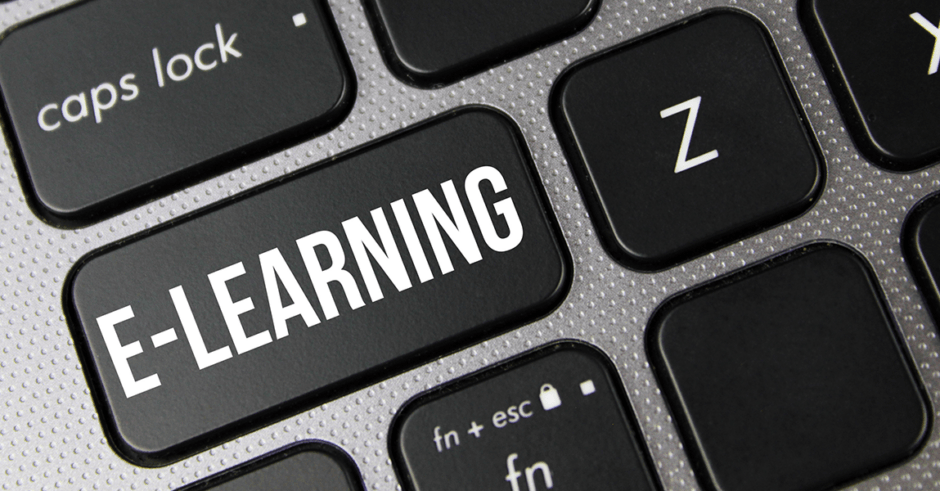We live in pretty amazing times, don’t we. Wish to join a good old school lesson? Just have your laptop or phone nearby — from absolutely anywhere in the world.
eLearning and mLearing solutions are rapidly evolving. Global lockdown made people move lifestyle activities to their homes, education included. So, the positions of eLearning and mLearning software have been reinforced in the IT market.
Let’s have a look at the numbers. In 2015, the mLearning market size counted $7.98 billion, while in 2020, it skyrocketed to $22.4 billion. That’s not all, as the figures continue to grow and are expected to reach $25.33 billion by 2025.
To achieve such results and astonish customers, don’t we need some special care of software quality, its performance, and data safety?
In the article, learn why QA is vital for the eLearning and mLearning apps and what testing types are imperative to roll out high-quality educational software.
QA for eLearning and mLearning products: is it a need or a wish?
Striving to knowledgeable future, educational entities and related businesses develop learning solutions to make studies available for everyone. Global moving to a digital environment also contributed to revamping the traditional educational system and going beyond physical schools and universities.
When providing end users with an extensive variety of IT products from one-on-one or video-based platforms to group learning courses, it’s necessary to pay strong attention to QA in these mediums.
According to the Global Market Insights Report, the eLearning market size is going to reach more than $1 trillion by 2027.

Source: Global Market Insights
These tremendous figures mean expanding target audience of different ages, social groups, cultures, etc. while suggesting taking care of software performance, usability, security, localization, and other major factors.
It is comprehensive testing of all mission-critical components that brings IT products’ quality to the next level while at the same time enabling delighted end users with an advanced learning experience.
6 software testing types for grade “A” educational software
A solid QA strategy and thorough software testing lie behind the successfully released IT solution that increases revenue and contributes to gaining end-user trust. Let’s figure out what QA activities help prevent such educational software defects as long app response time, sudden crashes, poor functioning, and others keeping leading positions in the market.
1. Performance testing
Within remote education, eLearning and mLearning software spike in demand and attract far more students than ever before. It means greater traffic, higher latency, lower speed, and other technical issues triggering closing an app and switching to those that work.
Of course, no one wants to face such consequences.
Then we suggest verifying a range of components related to the system performance while carrying out the following activities:
- Load testing — to evaluate the behavior of an IT product under the expected and high load.
- Stability testing — to analyze the platform performance during long-term testing with a moderate level of load.
- Stress testing — to check how the software works with more than the specified number of simultaneous users.
- Volume testing — to measure the solution capacity of stored data.
- and more…
By applying performance testing, companies provide end users with a flawless platform able to operate even in unpredictable situations.
2. Localization testing
Given that educational solutions are aimed at a wide audience, companies adapt their software to various locales and attract customers from all over the globe by supporting end-user native languages, easy website navigation, and convenient search for necessary information.
This is also the case of Duolingo, the learning platform, that provides interface adaptation in more than 20 locales. Sounds great, right?
Localization testing helps identify inconsistencies in translation, time, dates, and calendars adjustment. It also involves localized GUI testing to check if the content doesn’t hinder the layout integrity that often adversely impacts the learning experience.
3. Security testing
Most digital education solutions collect personal data, be it a name when enrolling on a course or a credit card number when paying for online content.
When choosing a platform for learning, end users want to be 100% sure that their sensitive information and online transactions are fully protected. The U.N. Official highlighted that during COVID-19, the number of cyber incidents increased by 600%, making this issue one of the top priorities.
So, companies introduce security testing to minimize the risks of data loss, prevent unauthorized access to the system, and verify the security of online payments.
4. Compatibility testing
Defining what device or browsers your customers use is quite tricky. Before embarking on testing activities, analyze end-user preferences and specify the most popular platforms.
After that, it’s worth performing compatibility testing against the top selected gadgets and browsers while covering all the functionality. In parallel, don’t forget about mission-critical checks on other devices of potential use.
Such a holistic QA approach ensures flawless educational software operation on various browsers, platforms, operating systems, and devices, helping provide the best CX for all learners.
5. Compliance testing
As with any other industry, the eLearning and mLearning solutions have specific regulations, like SCORM (Sharable Content Object Reference Model).
To let educational software pass all the standards with flying colors, open-minded companies introduce compliance testing. With that, QA specialists check eCourses interoperability with other platforms and learning materials while timely detecting discrepancies with the rules that decrease QA expenses and ensure complete software conformity with regulations.
6. Mobile apps testing
With a great demand for mobility, people all around the globe are more and more using their smartphones and tablets for almost all life purposes, mobile learning included. Alongside the usability of portable devices, mLearing improves productivity by 43% owing to advanced mechanisms and precise training activities.
Therefore, it’s crucial to check portrait to landscape phone modes, network interruption, incoming calls, etc. to ensure high quality of mLearing and web mobile eLearning platforms while enhancing mobile CX.
Wrapping up
The ever-evolving IT market brings changes in many areas including education, which is gradually becoming more digital than ever before.
Within the growing number of eLearning and mLearning solutions, businesses need to take special care of software quality to ensure that everything is running smoothly. A robust QA strategy and extensive software testing lie behind this success in the market.
By introducing 6 core QA activities — performance, localization, security, compatibility, compliance, and mobile apps testing — companies enable software excellence, release IT products faster, decrease QA costs, and gain the trust of their worldwide customers.
Feel free to reach out to a1qa’s experts to put your educational software on the IT market’s honor roll.
a1qa is a next-gen software testing provider offering a full range of QA services for 19+ years. The clients of a1qa ― global enterprises, including the Fortune 500 companies ― obtain business and operational benefits while reaching the desired outcomes with professional QA. a1qa has successfully delivered 1,500+ projects across various industries: eHealth, eCommerce, telecom, BFSI, M&E, IT and software development, real estate, utilities, and energy, among others.




